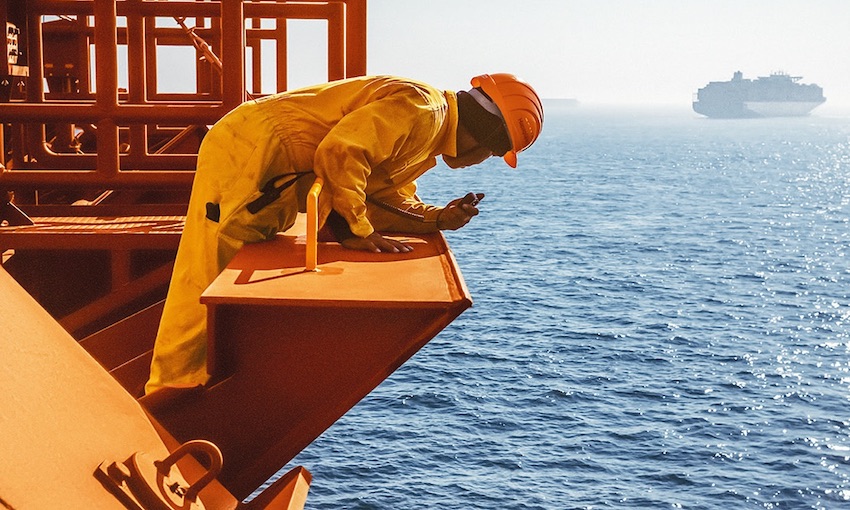THE highlights from Hapag-Lloyd’s latest sustainability report are a large reduction in sulphur oxide emissions during 2020; fuel savings achieved through ship optimisations and new green financing initiatives.
With a fleet of 237 ships and annual transport volume around 11.8 million TEU, Hapag-Lloyd has been operating using IMO 2020-compliant low-sulphur fuel oil since the beginning of last year, thereby reducing its sulphur oxide emissions by roughly 70% compared to 2019.
In regard to greenhouse gas emissions, Hapag-Lloyd was aiming to reduce its emissions per TEU-kilometre by 20% by 2020 compared with 2016. By 2019 it has achieved around 17%, but the amount for 2020 was not available at the time of publication so it could not verify whether the target had been achieved.
Specific CO2 emissions of the entire fleet amounted to 40.19g per TEU-kilometre.
As part of its upcoming 10-year sustainability strategy, Hapag-Lloyd is developing a new ghg reduction objective. It appears to have already met the goals set out by the International Maritime Organization to cut specific ghg emissions by 40% by 2030 compared to 2008 levels. The shipping line has already achieved a 50% reduction since 2008 and will aim to achieve 60% in that timeframe.
Improvements in the CO2 intensity will be measured and annually disclosed according to the so-called Average Efficiency Ratio (AER) indicator, which was 11.68 in 2008 and is expected to fall to 4.67 by 2030. The AER provides information on CO2 intensity and is measured in grams of CO2 per tonne-mile (gCO2/dwt*nm).
However, reaching the further IMO goal of 50% cut in absolute ghg emissions from the shipping industry by 2050 (compared to 2008 levels), would be “highly challenging” according to Hapag-Lloyd.
In addition to emissions reductions, the company achieved fuel savings of around 15% in 2020, by removing fouling from the outer hulls of 30 of its vessels.
In 2020, orders were placed for six state-of-the-art container ships – each with a capacity of more than 23,500 TEU – whose fuel-efficient high-pressure dual-fuel engines will also be able to operate using liquefied natural gas, thereby reducing CO2 emissions by between roughly 15% and 25%. These newbuilding projects geared towards sustainability have been financed by two green financing transactions, which were concluded according to the Green Loan Principles of the Loan Market Association.
Rolf Habben Jansen, CEO of Hapag-Lloyd said, “We have made a lot of progress in all sustainability dimensions. At the same time, we are conscious of the fact that we also have a very great responsibility when it comes to climate protection.
“We will therefore continue to work hard to modernise our fleet and to reduce our carbon footprint.
“This will likewise remain an essential part of our new sustainability strategy, which we will be publishing later this year. At its core, it is about continuously increasing our contribution to sustainability-related efforts and making incremental improvements.”

